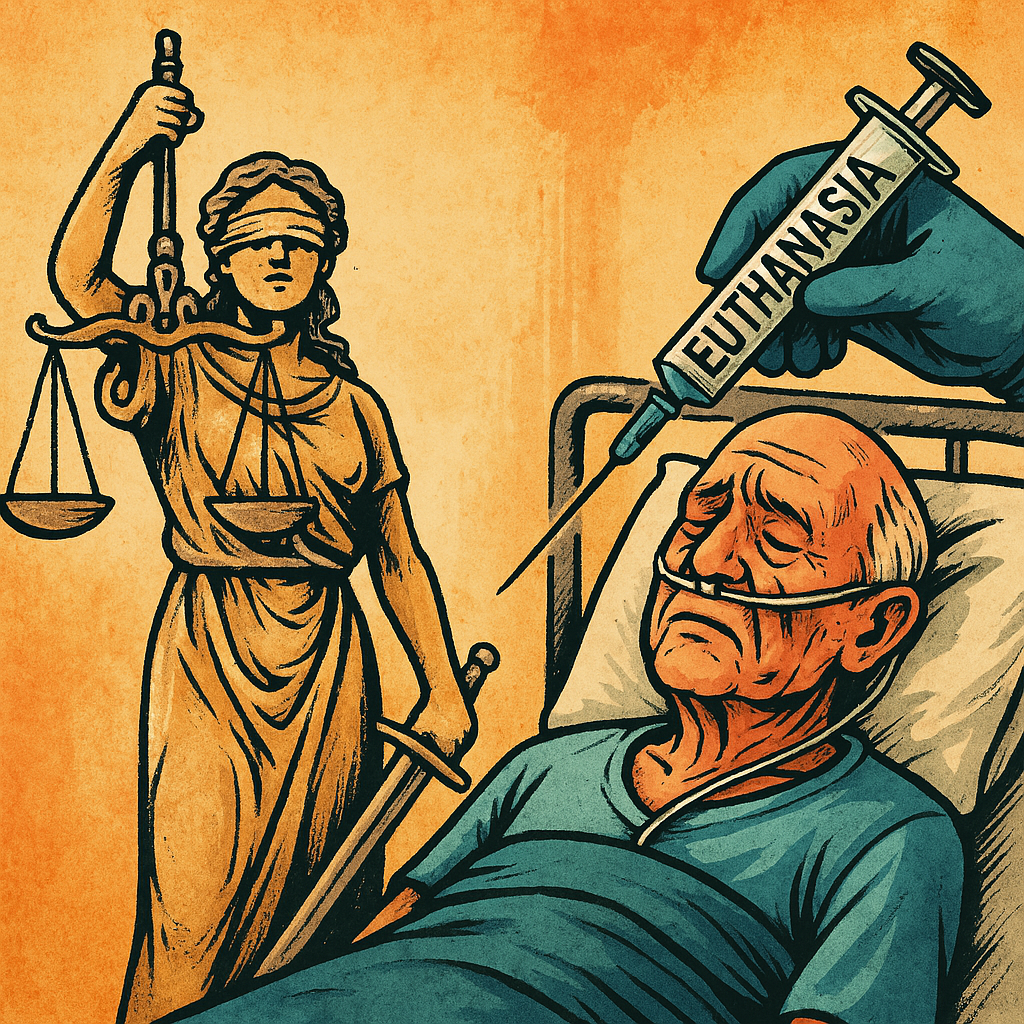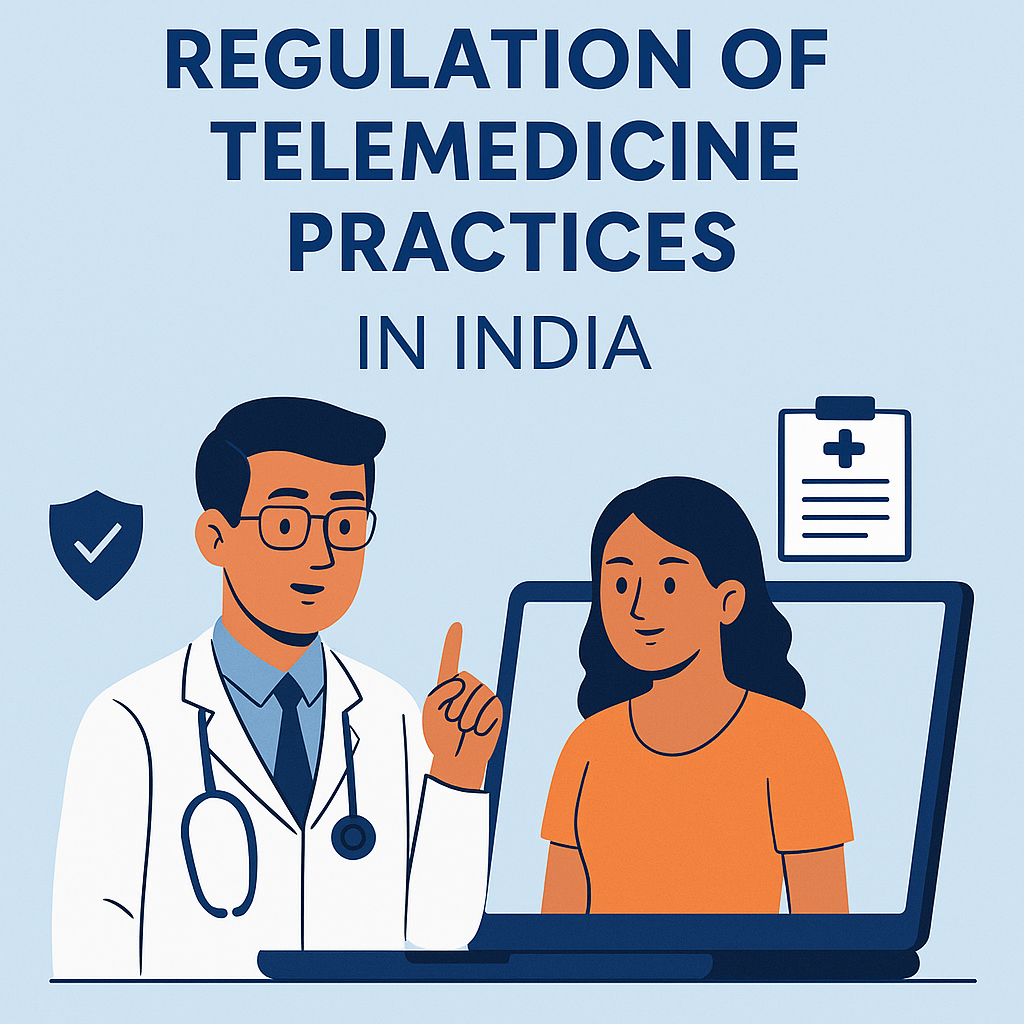Whiplash and Neck Injuries & Related Legal Claims under Personal Injury
Whiplash and Neck Injuries in Personal Injury Law
1. Introduction
Whiplash is a common personal injury, typically resulting from rear-end motor vehicle collisions. It occurs when the neck undergoes sudden hyperextension and hyperflexion, causing soft tissue injuries to muscles, ligaments, and tendons.
Symptoms: Neck pain, stiffness, headaches, dizziness, fatigue, and sometimes cognitive or psychological effects.
Whiplash is significant in personal injury claims due to its subjective nature, often requiring careful medical documentation for legal compensation.
2. Legal Basis for Claims
Personal injury claims for whiplash and neck injuries typically rely on tort law principles, primarily negligence.
Elements of Negligence:
Duty of Care: The defendant owed a duty to the plaintiff (e.g., driver owes duty to other road users).
Breach of Duty: The defendant acted carelessly (e.g., speeding or inattentive driving).
Causation: The defendant’s actions caused the whiplash injury.
Damages: The plaintiff suffered compensable losses (medical expenses, lost wages, pain and suffering).
3. Challenges in Whiplash Claims
Subjective Symptoms: Many whiplash injuries are soft tissue without visible fractures. Courts scrutinize medical evidence.
Medical Expert Reports: Doctors’ reports are crucial in establishing causation and severity.
Pre-existing Conditions: Defendants may argue that symptoms were pre-existing.
Comparative Negligence: Courts may reduce compensation if the plaintiff contributed to the accident.
4. Types of Damages in Whiplash Cases
Economic Damages:
Medical expenses (hospital, physiotherapy, medication).
Loss of earnings (temporary or permanent).
Non-Economic Damages:
Pain and suffering.
Loss of enjoyment of life.
Emotional distress.
Future Damages:
Ongoing medical care or therapy.
Long-term impairment affecting employment or daily activities.
5. Case Laws
(a) Chadwick v. British Transport Commission (1967, UK)
Facts: Plaintiff suffered whiplash in a railway accident.
Held: Court awarded damages for pain, suffering, and loss of amenities despite no major skeletal injury.
Principle: Soft tissue injuries like whiplash are compensable if medically documented and causally linked to the accident.
(b) Barnett v. Chelsea & Kensington Hospital (1969)
Facts: Whiplash and neck strain suffered in a car accident.
Held: Claim allowed as there was clear evidence of injury and causal link to defendant’s negligence.
Principle: Establishing causation with medical evidence is key in whiplash claims.
(c) Jones v. Kaney (2011, UK)
Facts: Plaintiff claimed neck injuries during a road accident; the defendant disputed severity.
Held: Court relied on independent medical examination to assess claim validity.
Principle: Courts require objective medical evidence for subjective complaints like neck pain and whiplash.
(d) Indian Context: National Insurance Co. Ltd. v. Pushpa Devi (1998)
Facts: Motor vehicle accident caused whiplash injuries.
Held: Court awarded compensation for medical expenses, loss of wages, and pain and suffering.
Principle: Indian courts recognize soft tissue injuries as legitimate claims under the Motor Vehicles Act, provided they are supported by medical reports.
6. Medical and Legal Documentation
For successful whiplash claims:
Medical Reports: Diagnosis by orthopedic or neurology specialists.
Accident Reports: Police and insurance documentation.
Treatment Records: Physiotherapy and medication history.
Loss Documentation: Wage slips, employment records for lost income claims.
7. Insurance and Settlement
Most whiplash claims are resolved through insurance settlements rather than litigation.
Settlement negotiation often considers:
Severity of injury
Duration of recovery
Impact on daily activities and employment
Courts may intervene if settlements are disputed or undervalued.
8. Conclusion
Whiplash and neck injuries are commonly compensated personal injuries, even if there is no visible fracture. Success in claims depends on:
Clear establishment of negligence
Medical documentation linking the accident to injury
Proper calculation of economic and non-economic damages
Courts in India and abroad have consistently held that soft tissue injuries are legitimate grounds for compensation when supported by credible evidence.











0 comments